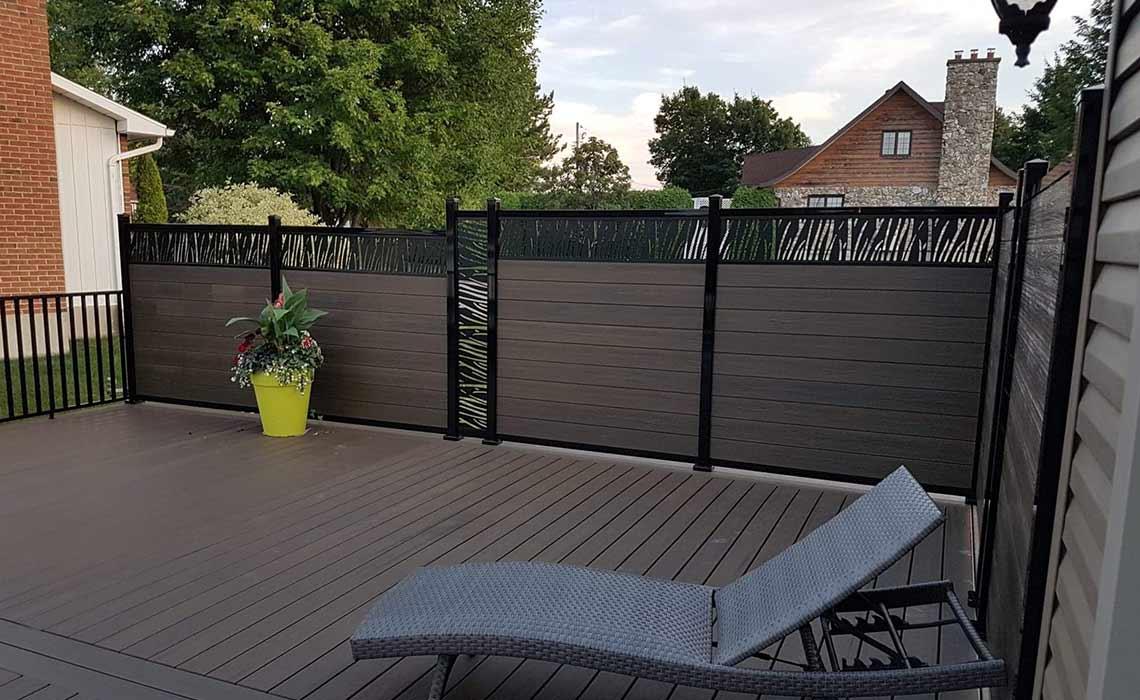The typical garden fence panel can have many uses far beyond its usual purpose. Many panels can be used indoors as well and make wonderful decorations. A picket type panel, usually between 4 and 6 feet in length, can make an ideal child's headboard with a few adjustments and creative painting.
These small, white picket composite fencing panels panels can also be applied to a child's bedroom walls as a means of creating a forest or garden scene for an easy and decorative display, instantly giving your child's room a wonderful and unique decoration style that is sure to be a topic of conversation whenever you have guests over to your home.
In the garage, the smaller garden panel can also be applied to walls as a means of protection from typical garage wear and usage. Light and small and generally 4 feet in height, small panels can be applied easily with nails to the drywall in one afternoon and are ideal for guarding against stains and damage from car doors, tools and machinery.
Of course, garden fence panels are also wonderful when used in the lawn. But even there, these handy panels can be applied in many numerous and creative ways to solve several common garden problems.
Better and more durable than a tarp, garden panels make wonderful shelters for various plants and areas where shade is needed or preferred. While plastic, muslin or fabric tarps can offer shelter, they are not as sustainable as fencing nor do they remain placed properly against the elements. Placing a fence panel over an area where shade is desired, offers both function as well as an interesting garden decor.
Fence panels also offer a hearty and stable trellis for many vines where the usual trellis design may not be sufficient. Vines which can grow heavy during their growth season can sometimes break or bend the typical wood slat, metal or PVC type trellis designs. A privacy panel, typically 6 by 8 feet would hold a larger plant vine for many years to come.
Stakes can be nailed to the support boards on the back of the panel and placed in the ground using cement, clay or gravel as a support feature at the base. Since garden fence panels tend to have little room between each board, for climbing vines, it's best to apply hooks throughout the front of the panel to help train the vine as it grows. If treated prior to staking and planting, this creative and interesting panel will support any plant for as long as is needed.
